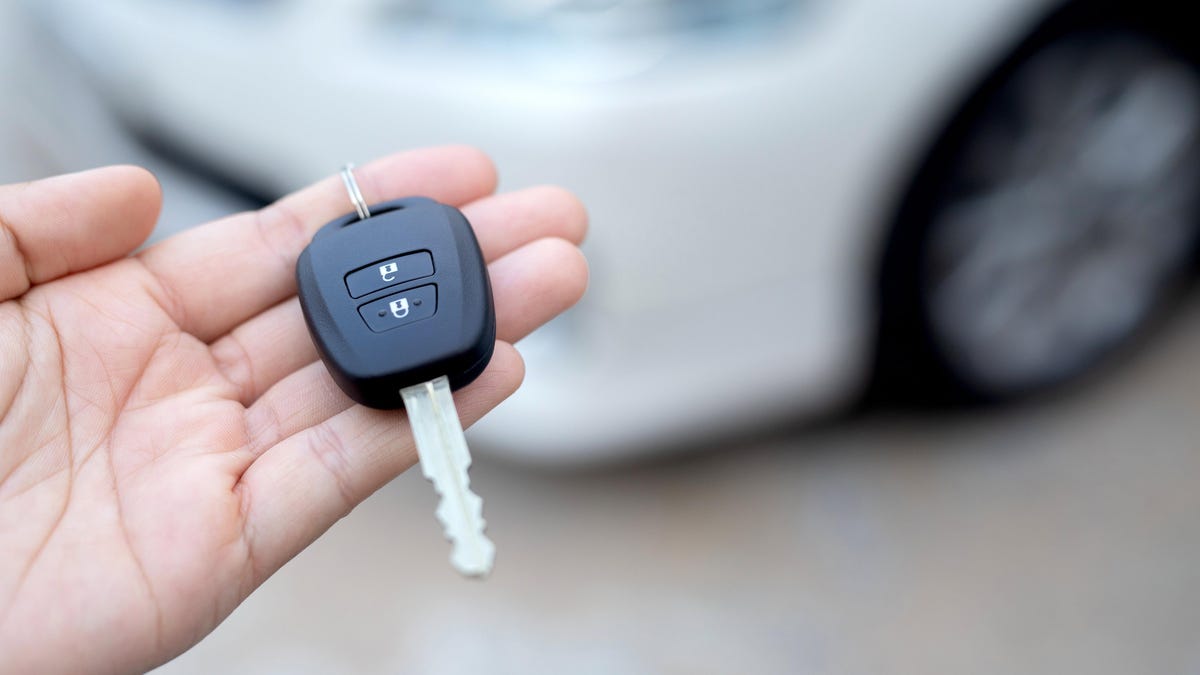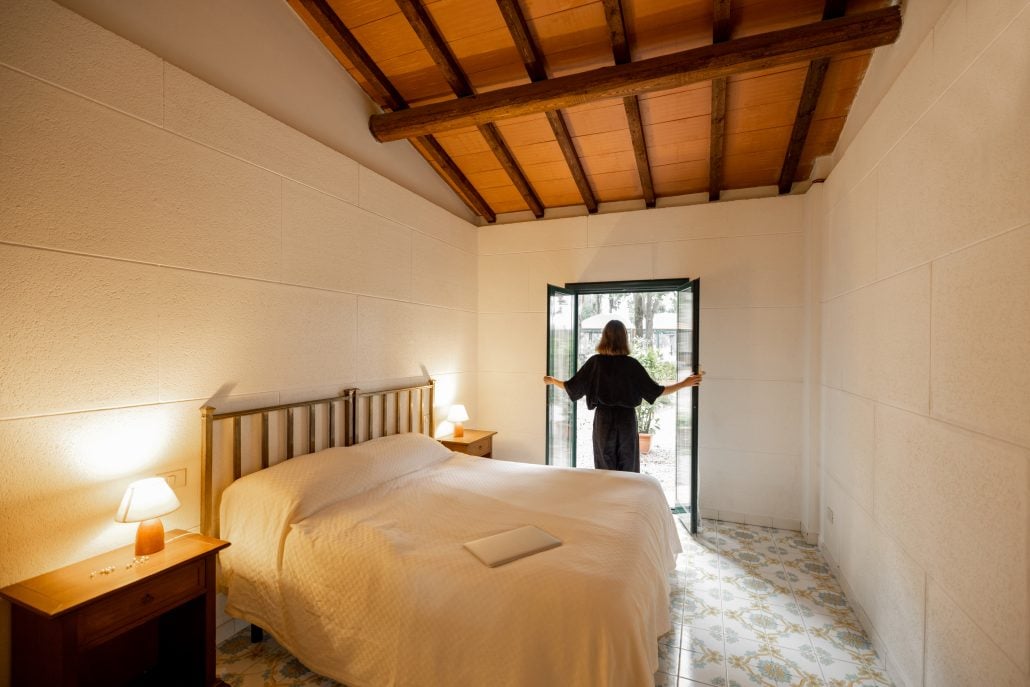How to Keep Carpets From Polluting Your Indoor Air
For every person who loves the feel of carpet on their bare feet, there are others who regard carpet as the Worst Flooring and the First Thing We’re Ripping Out When We Move In. Hating carpet isn’t just aesthetic,...


Photo: Pixel-Shot (Shutterstock)
For every person who loves the feel of carpet on their bare feet, there are others who regard carpet as the Worst Flooring and the First Thing We’re Ripping Out When We Move In. Hating carpet isn’t just aesthetic, either—carpet can be difficult to keep clean, and often is only superficially “clean” no matter what we do.
Is carpet so bad?
Studies have shown that carpeting can “act as a repository for pollutants,” which is a fancy way of saying that dirt, bugs, and all the skin and hair we shed on a regular basis can become trapped in carpet pile and “resuspended” into the air when we walk on it. And even “clean” carpets emit tons of volatile organic compounds (VOCs). All of these factors can have an impact on your health.
But what if you hate carpet but find yourself stuck in a rental that’s all carpet? Your landlord probably won’t let you DIY new flooring, so you’re going to have to live with the stuff. If you have carpeting in your home and you’re concerned about its impact on your health, there are some things you can do to minimize your worries.
Have a “no shoes in the house” rule
One of the simplest and most effective things you can do is to have a firm “no shoes in the house” policy. In case you hadn’t noticed, the outside world is basically made of dirt, and our shoes track in tons of it—as well as pesticides, ice-melting salt, animal waste, and just about everything else—which promptly gets deposited into the carpet.
Having entry rugs or doormats just inside the door will also help, as it leverages a carpet’s tendency to trap dirt to your advantage by helping lock it in one spot. When combined with a shoe-removal rule, entry rugs can significantly reduce the amount of pollutants that make it into your home in the first place.
Schedule weekly vacuuming
One of the most important aspects of having healthy carpets is vacuuming. Don’t assume that because a carpet looks and “feels” clean it is—there’s a lot of dust, dirt, and germs in that pile, and it’s all being bounced into the air you’re breathing every time you walk on it.
Invest in the right high-quality vacuum for your home, and use it at least once a week on your carpet—and spend some time there, going over it several times in a criss-cross pattern to dislodge that trapped dirt. Make sure the vacuum you choose has a High Efficiency Particulate Air (HEPA) filter, which stops the microscopic dirt particles from escaping your vacuum and circulating in the air.
Finally, attack spills and stains immediately using an all-natural cleaner. Letting stains “set” just speeds up your carpet’s transformation into a germ factory, and using harsh chemical cleaners can degrade indoor air quality even further. A simple cleaner made from vinegar, dish soap, and baking soda will get out most stains without making you dizzy.
Do an annual steam cleaning
Even with regular vacuuming, your carpet will still collect a lot of dirt over the course of a year, so consider having it steam cleaned once a year. The key here is to use “dry steam cleaning,” which combines very low moisture with powdered cleaning agents and high heat to clean and sterilize your carpet without leaving them wet. Traditional steam cleaning is also very effective at cleaning your carpets, but can take a while to dry thoroughly, leaving your carpets vulnerable to mold unless you’re vigilant about drying them out.
Whichever technique you choose, deep-cleaning your carpets once a year will keep them from building up a reservoir of dangerous pollutants. It will also extend the life of the carpet, keeping it “like new” for longer.
Ventilate your home for better air flow
Finally, think about air flow in your home. Carpeting affects your health through the dirt and germs it traps and then releases into your home, and the gases it emits. One of the best ways to counteract them is to make sure your home is well-ventilated. If you have central air conditioning, make sure your filters are new and clean, and that the ducts have been serviced recently. In good weather, open windows and doors to let fresh air in, and use fans to circulate that air.

 BigThink
BigThink 

























.jpg&h=630&w=1200&q=100&v=6e07dc5773&c=1)







